You have not yet added any article to your bookmarks!

Join 10k+ people to get notified about new posts, news and tips.
Do not worry we don't spam!

Post by : Rameen Ariff
Photo : Daniel Keene / X
A seemingly ordinary street celebration in Dallas, Texas, has turned into one of the most talked-about topics online, sparking heated debates about immigration, race, and cultural diversity in the United States. The incident began with a short video posted online, capturing a group of people dancing and playing the dhol in the middle of a residential street. What should have been a simple scene of music, joy, and community celebration soon became the center of controversy and discussion on social media.
The video was shared by Daniel Keene, a resident living near Dallas. Shot from inside a car, the footage shows a lively group of people playing the dhol, a traditional drum, and moving rhythmically to the music. The people danced in the street with smiles on their faces, creating an atmosphere of celebration. Although Keene did not directly mention that the group was Indian, he appeared to imply it by writing in the caption: “Typical view in my neighbourhood outside Dallas. We have to cancel the H-1Bs. I want my kids to grow up in America. Not India.” He also compared the scene to “walking the streets of Mumbai,” suggesting the cultural origins of the music and celebration.
The post quickly went viral on X, garnering over five million views in a short period. The video, along with Keene’s comments, triggered strong reactions from social media users, sparking discussions on immigration policies, racial tensions, and the integration of different cultures in American neighborhoods.
When questioned about the context of his post, Keene explained that the video was initially recorded by his wife, who had captured it because the people dancing were blocking the road. He added, “Just walking down the street around 7 is like walking the streets of Mumbai.” While he presented this as a casual observation, many people interpreted his comments as a subtle criticism of Indian immigrants in the area.
The video and accompanying caption immediately drew contrasting reactions. Some social media users criticized the group of dancers and Keene’s comments, calling the scene a “nightmare” and expressing unease about having a predominantly Indian community in their neighborhood. Others, however, defended Indian immigrants, highlighting their contributions, peaceful behavior, and integration into local communities.
One user wrote, “In my experience, Indians are pretty great neighbors. Quiet, hard-working, polite, spiritual, and peaceful. I understand concerns about H-1B abuse, but the problem is not Indians themselves. The problem is misuse of the system, not the people who are here legally and contribute to the society.” This comment reflects a growing sentiment among Americans who appreciate cultural diversity and recognize that immigration policies and visas should not be equated with personal identity or ethnicity.
Other users shared their personal experiences of living in neighborhoods with a high number of Indian residents. One person stated, “We recently built a house near Austin, Texas. Most of our neighbors are Indian, and within at least 20 homes around us, we are the only white family. So far, we have not had any issues. But watching this video does not make me feel comfortable, even though I know it is just a cultural celebration.” These kinds of comments show that while some individuals are concerned about cultural differences, many recognize that Indian communities are peaceful and contribute positively to local life.
Several people also criticized Keene directly for the tone and implication of his post. “You are a terrible person. I have never met an Indian family that didn’t add value to this country,” one user wrote. Another added, “This is America! The melting pot of the world! It has always been the land of immigrants. If you are implying you want your kids to grow up in ‘White America,’ that is another matter entirely. But your post comes across as racist.”
The debate over this video and Keene’s remarks is closely tied to the H-1B visa program in the United States. H-1B visas are non-immigrant visas that allow US companies to hire foreign workers in specialty occupations that require technical skills and advanced knowledge. A large proportion of these visas are held by Indian professionals, particularly in fields like IT, engineering, medicine, and research. This has often made H-1B visas a point of discussion in debates over immigration, jobs, and economic opportunity.
Critics of the H-1B program argue that it may take jobs away from American citizens or create unfair competition in certain industries. Supporters, however, emphasize that the program helps US companies hire the best talent globally, fuels innovation, and strengthens the economy. The Dallas video brought these debates into a highly visible and emotionally charged arena, because it combined everyday life—music, dance, neighborhood activity—with political and cultural commentary.
The video also reflects a broader conversation happening across the United States about cultural integration, diversity, and the experience of immigrants in predominantly white neighborhoods. Indian communities have established themselves in various parts of the country, bringing their culture, traditions, festivals, and cuisine. Celebrations, music, and dance are often part of these community gatherings, and while they add vibrancy to the neighborhood, they can sometimes be misunderstood or criticized by people unfamiliar with these customs.
The reactions to Keene’s post illustrate the tensions that exist in some parts of American society. On one side, there are individuals who express discomfort with visible cultural differences and associate them with immigration issues or perceived threats to traditional norms. On the other side, there are voices defending the presence of immigrants, emphasizing their contributions to local communities and the broader economy.
Legal and social experts point out that such debates are not only about immigration policies but also about deeper questions of identity, inclusion, and acceptance. America has historically been a nation of immigrants, with waves of people from Europe, Asia, Africa, and Latin America enriching the cultural, social, and economic landscape. Indian immigrants, in particular, are recognized for high levels of education, professional skills, and community participation.
Moreover, social media amplifies these debates, often turning simple incidents into national or international discussions. A short video of people celebrating, which would normally go unnoticed, can quickly become the center of controversy due to the interpretation of captions, comments, and the framing of cultural differences. In this case, the combination of the video and Keene’s caption triggered millions of views, hundreds of comments, and a wider debate about race, immigration, and neighborhood dynamics.
Some users have also emphasized that the problem is not cultural diversity itself, but how individuals perceive and react to differences. One user commented, “The issue is not that people are celebrating their culture in the streets. The issue is the mindset of those who see diversity as a threat. This is America—a land built on immigrants. Every community has the right to express its culture peacefully.”
The Dallas video demonstrates how misunderstandings can arise from a lack of awareness of other cultures. Celebrations like playing the dhol and dancing in the streets are common in Indian festivals, weddings, and gatherings. Such expressions of joy are part of cultural heritage and do not pose any threat to local residents.
At the same time, the conversation around H-1B visas highlights economic anxieties. Some American workers feel uncertain about job security and wage competition in a globalized economy. These concerns, when combined with cultural differences, can lead to misperceptions, biases, and online debates, as seen in the Dallas incident.
Experts also stress the importance of fostering cultural understanding. “Celebrating different traditions should be encouraged,” says a cultural analyst. “It creates opportunities for learning, appreciation, and stronger community bonds. Fear or prejudice arises when people do not take the time to understand others’ customs and lifestyles.”
The Dallas incident also raises questions about freedom, community space, and the role of social media. A simple act of community celebration became a viral spectacle, highlighting how public spaces are shared and experienced differently by various groups. Some residents see such gatherings as lively and enriching, while others may feel uneasy due to unfamiliarity.
The Dallas video of people playing dhol and dancing in the street is more than just a viral clip. It reflects ongoing discussions in the United States about immigration, cultural integration, and social cohesion. While some interpreted the scene as a problem linked to H-1B visas, others defended the celebration and praised the contributions of Indian immigrants.
The incident shows the power of social media to amplify local events into global conversations. It also highlights the challenges and opportunities of living in a multicultural society. As the debate continues, experts hope that such discussions can lead to greater understanding, respect, and acceptance of diverse communities, ensuring that streets can be shared spaces for joy, music, and celebration for everyone.
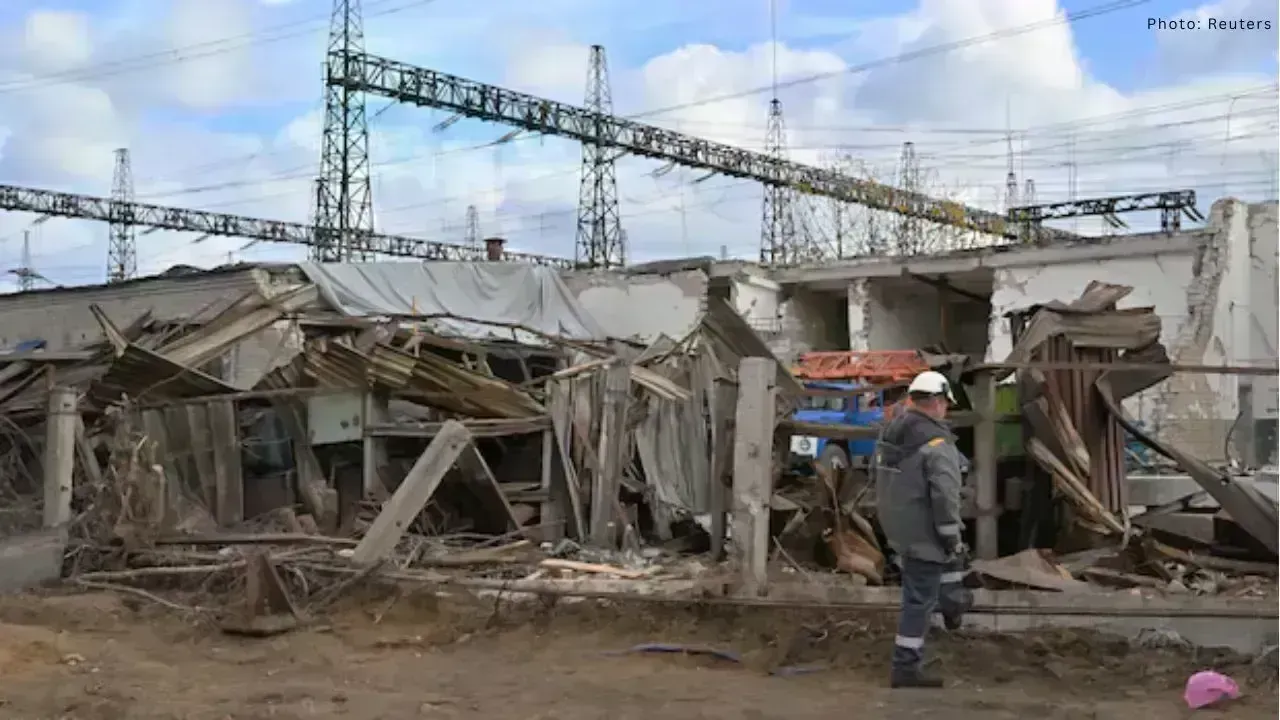
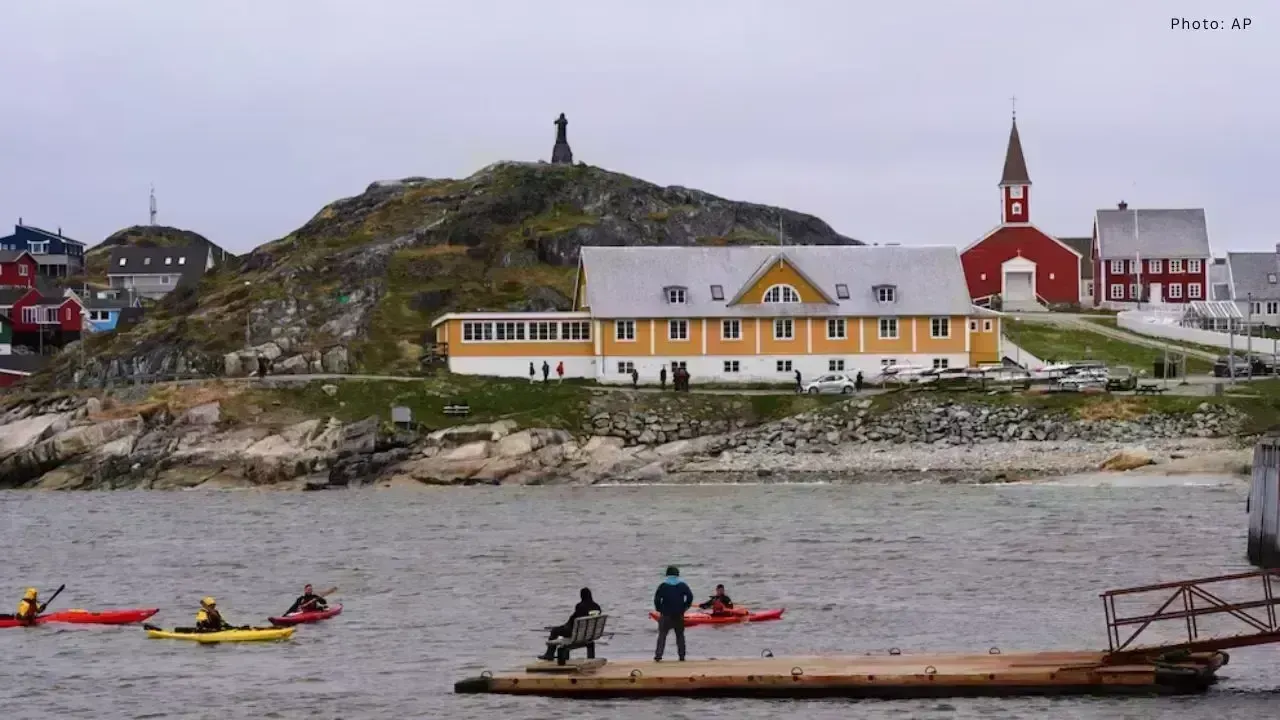
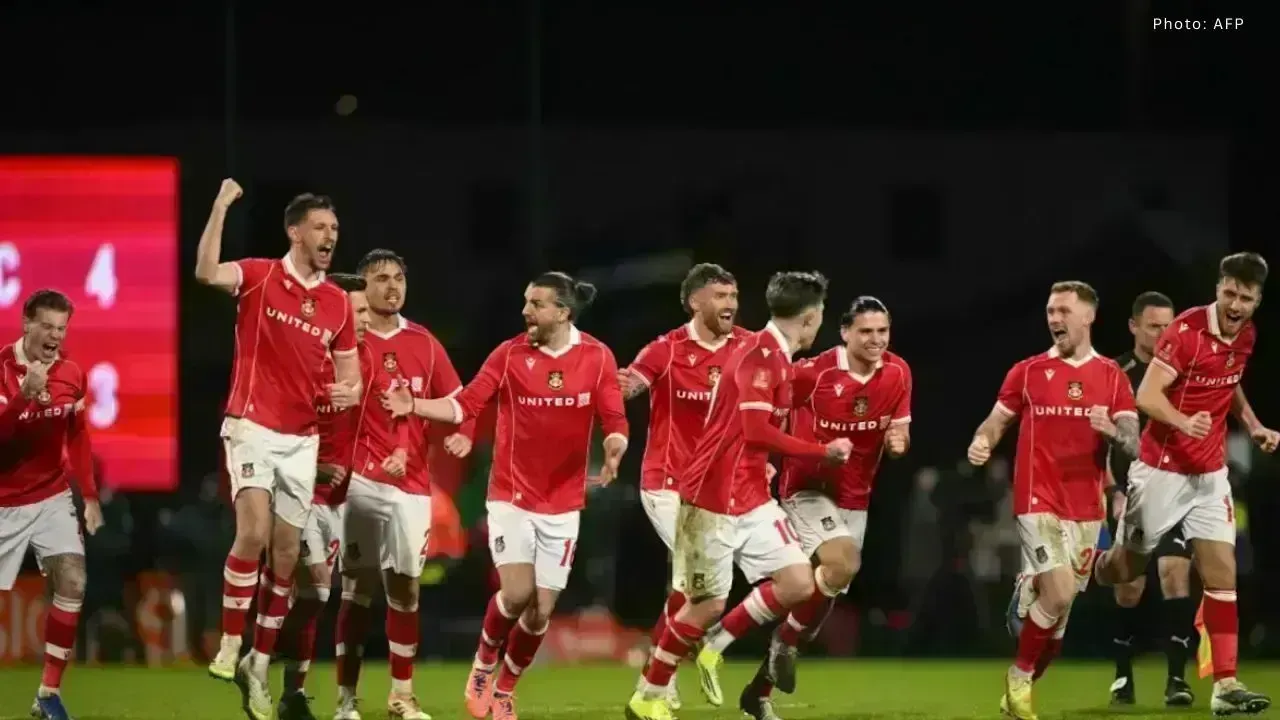
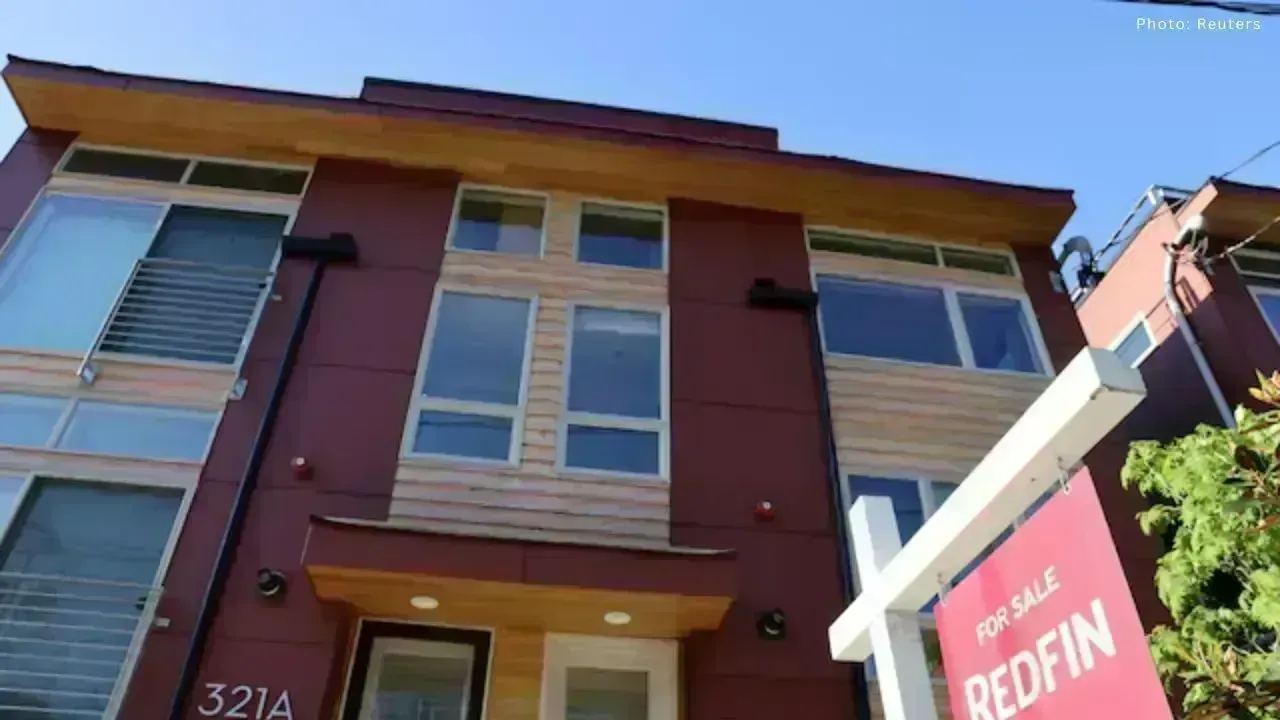
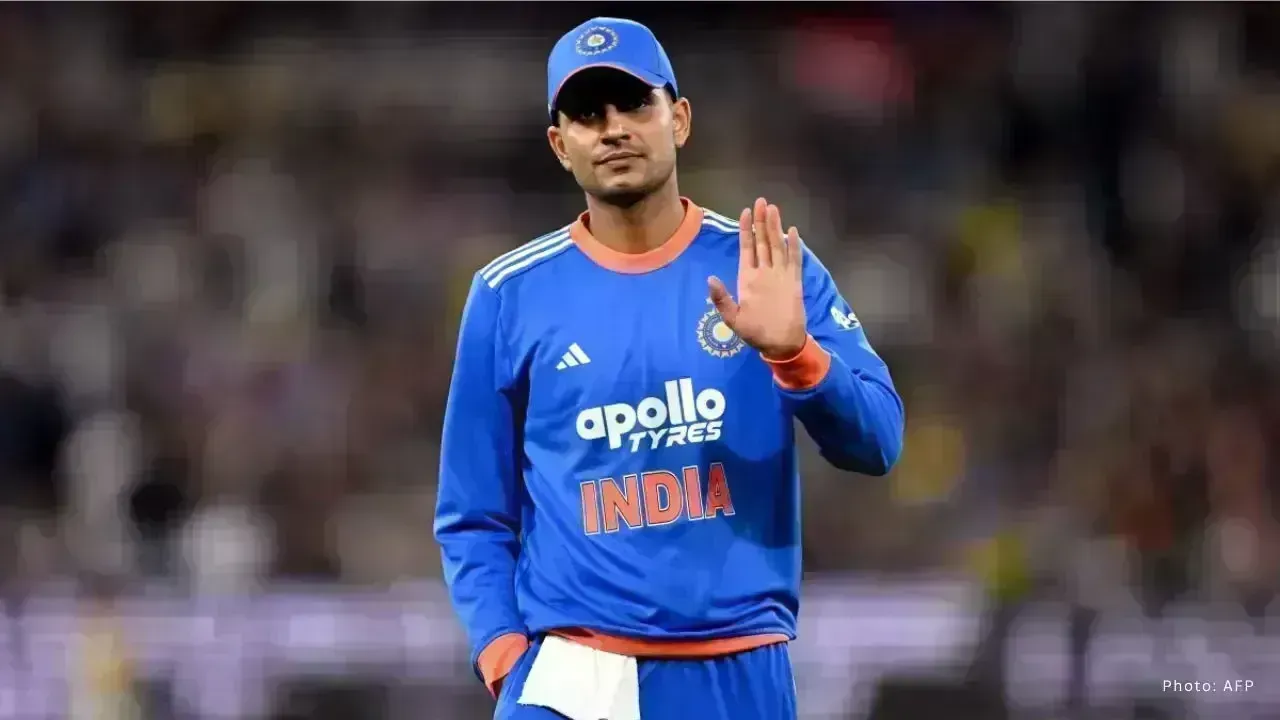
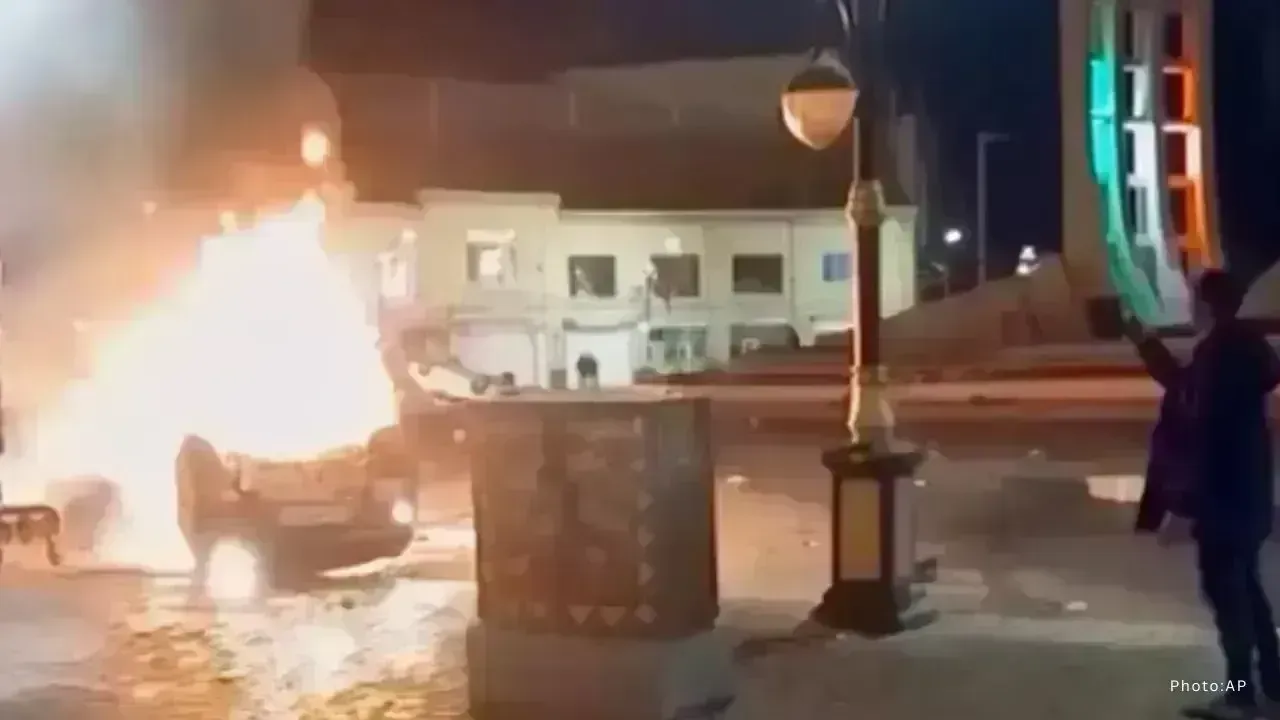

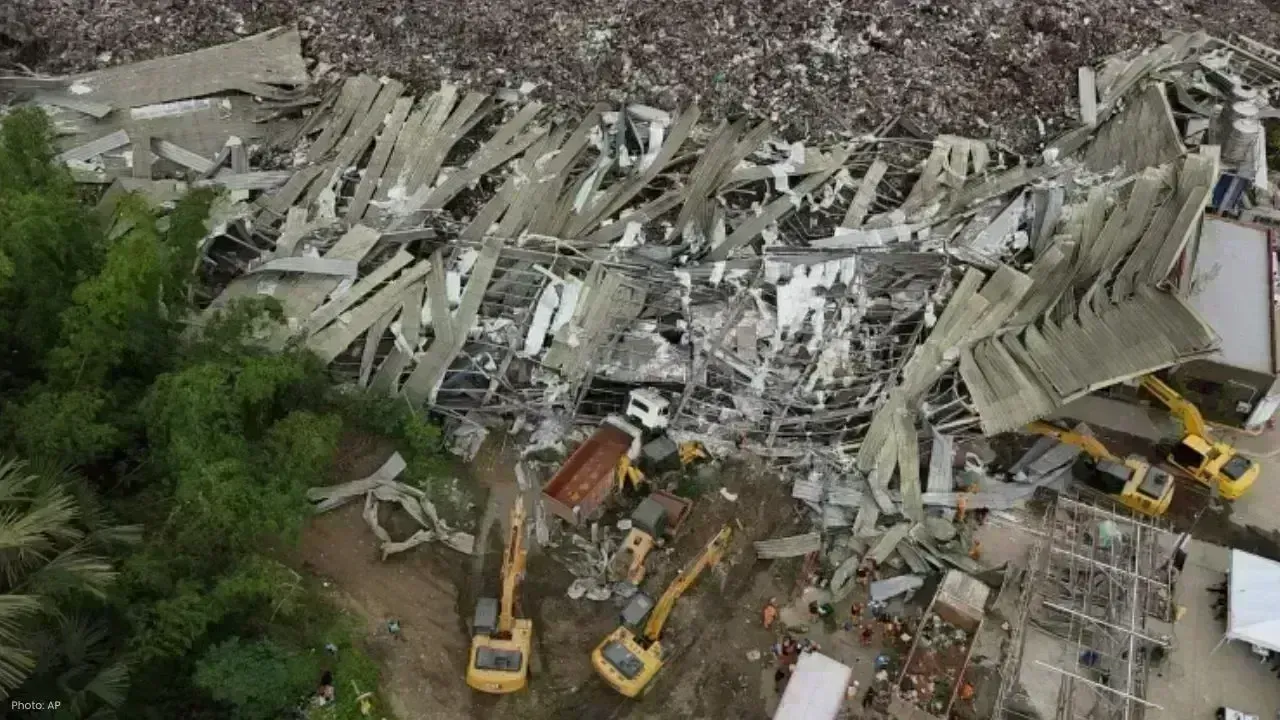
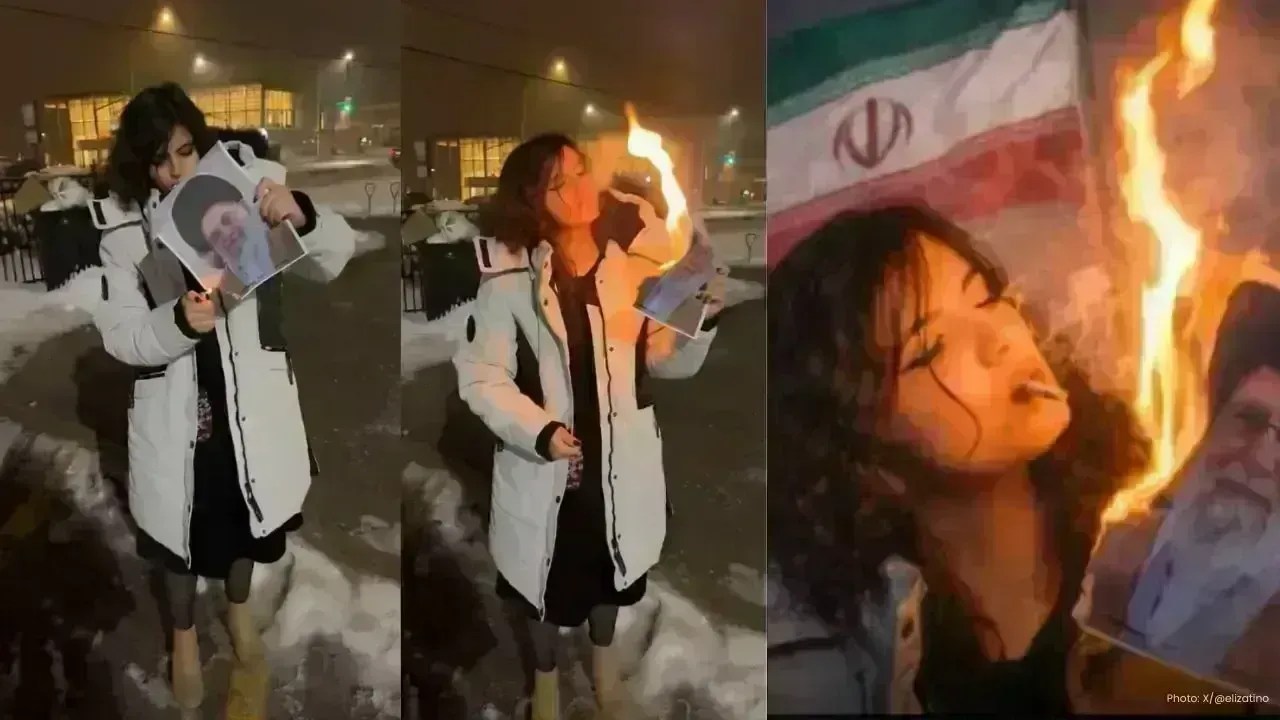

Landfill Collapse in Cebu Kills Four, Dozens Missing as Rescue Continues
A massive landfill collapse in Cebu City has left four dead and dozens missing as rescuers race agai
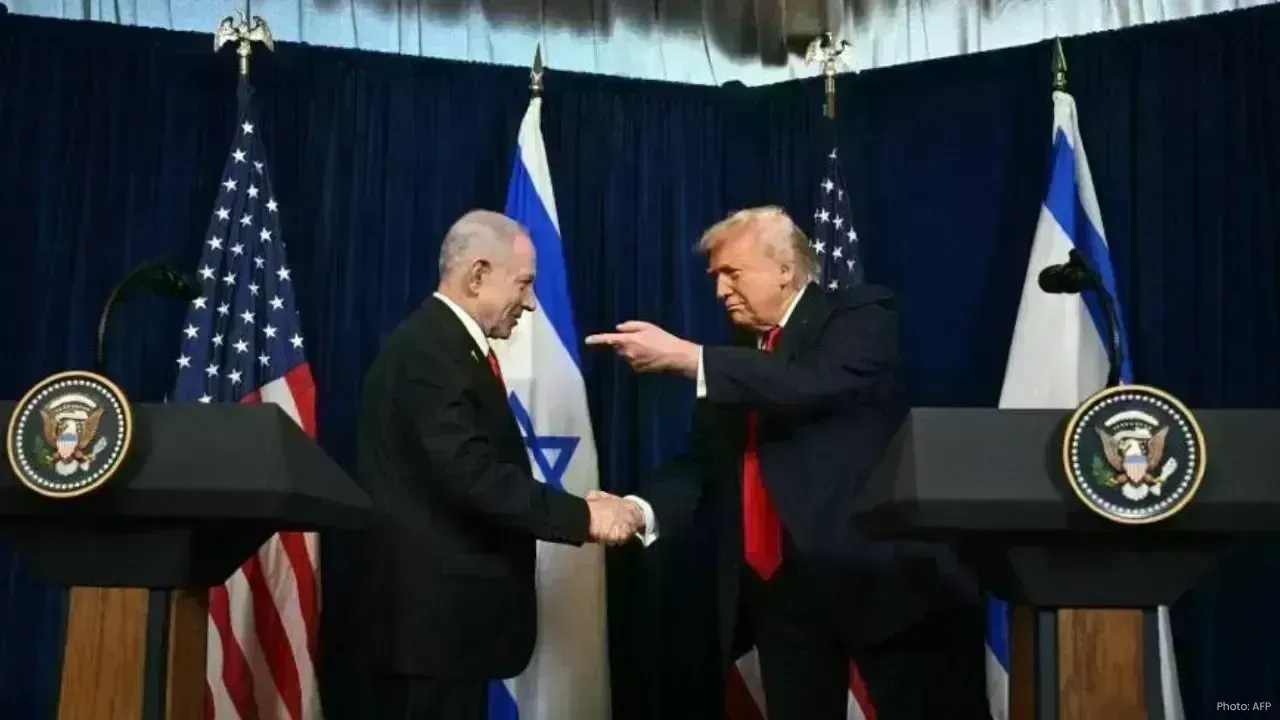
Netanyahu Says Israel Aims to End US Military Aid Within 10 Years
Israeli PM Benjamin Netanyahu says Israel plans to gradually stop relying on US military aid within
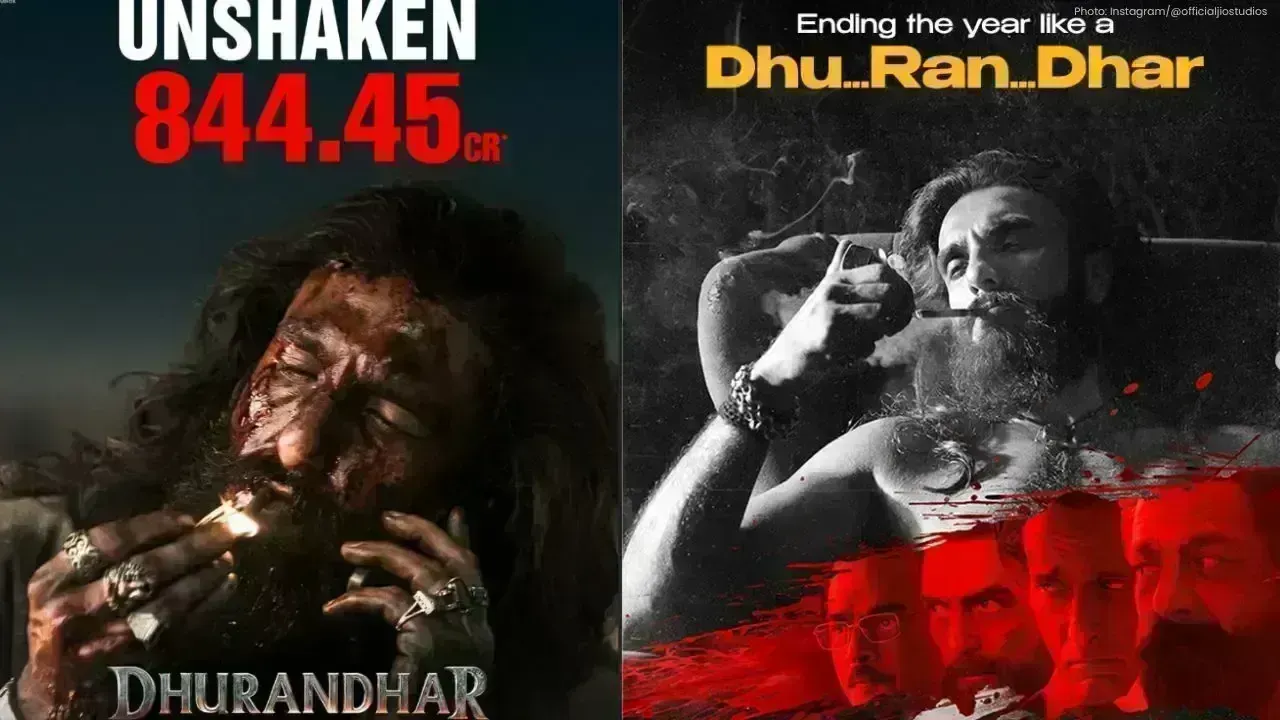
Dhurandhar’s Box Office Roars On: Ranveer Singh’s Spy Thriller Shatters Records
Ranveer Singh’s Dhurandhar earns ₹3.6 Cr on Day 36, totaling ₹844.45 Cr in India. The spy thriller s
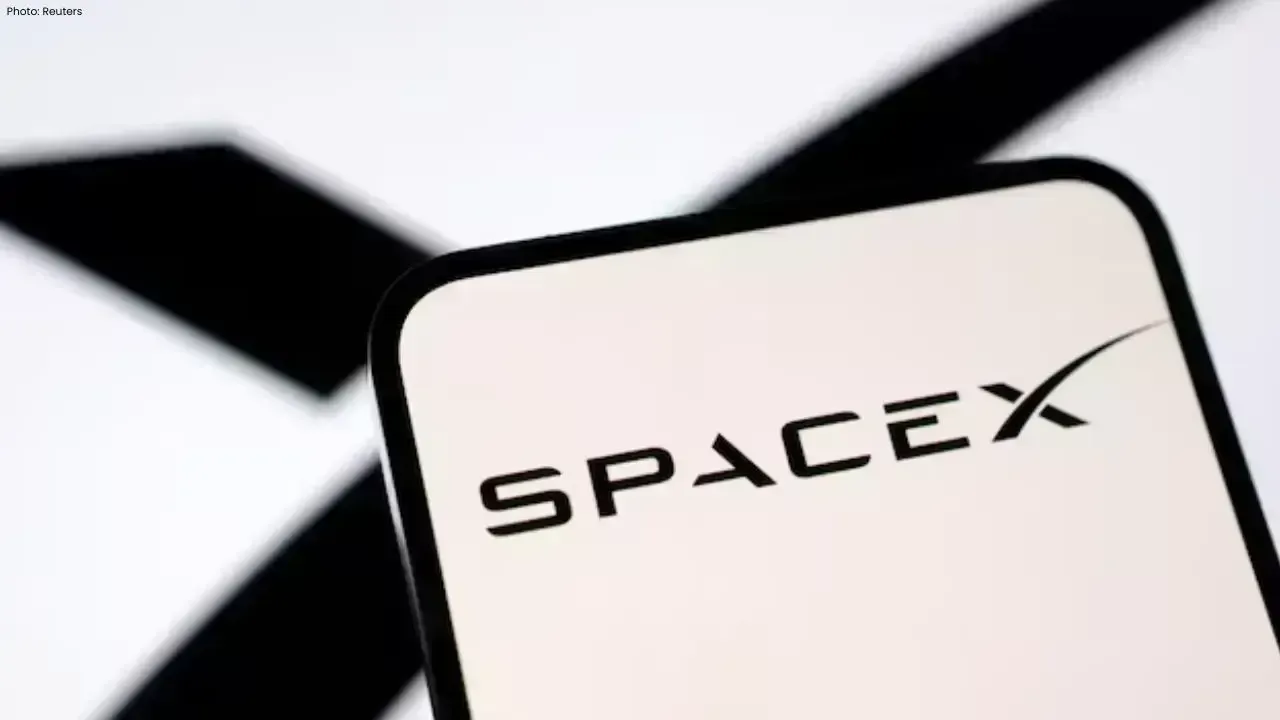
FCC Clears SpaceX to Launch 7,500 More Starlink Satellites Worldwide
SpaceX gets FCC approval to add 7,500 new Starlink satellites and upgrade frequencies, boosting glob
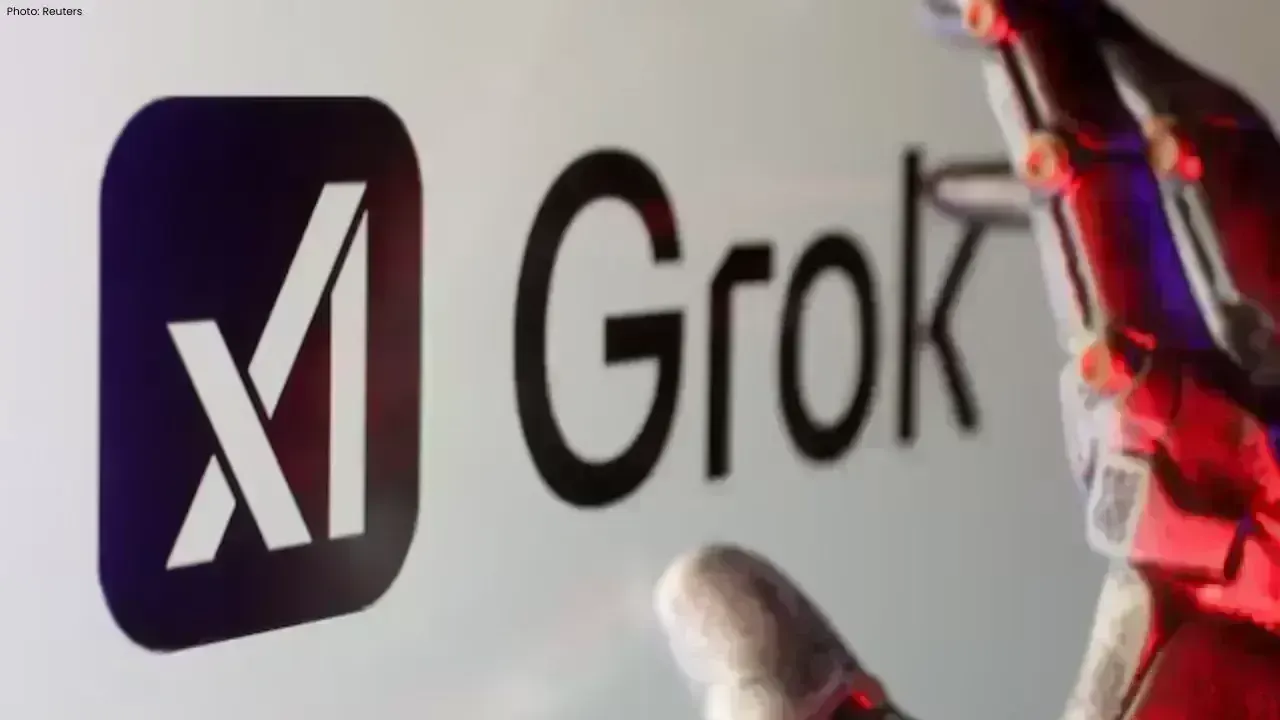
Indonesia Blocks Elon Musk’s Grok AI Over Unsafe AI Content
Indonesia temporarily blocks Elon Musk’s Grok chatbot due to unsafe AI-generated images. The move ai
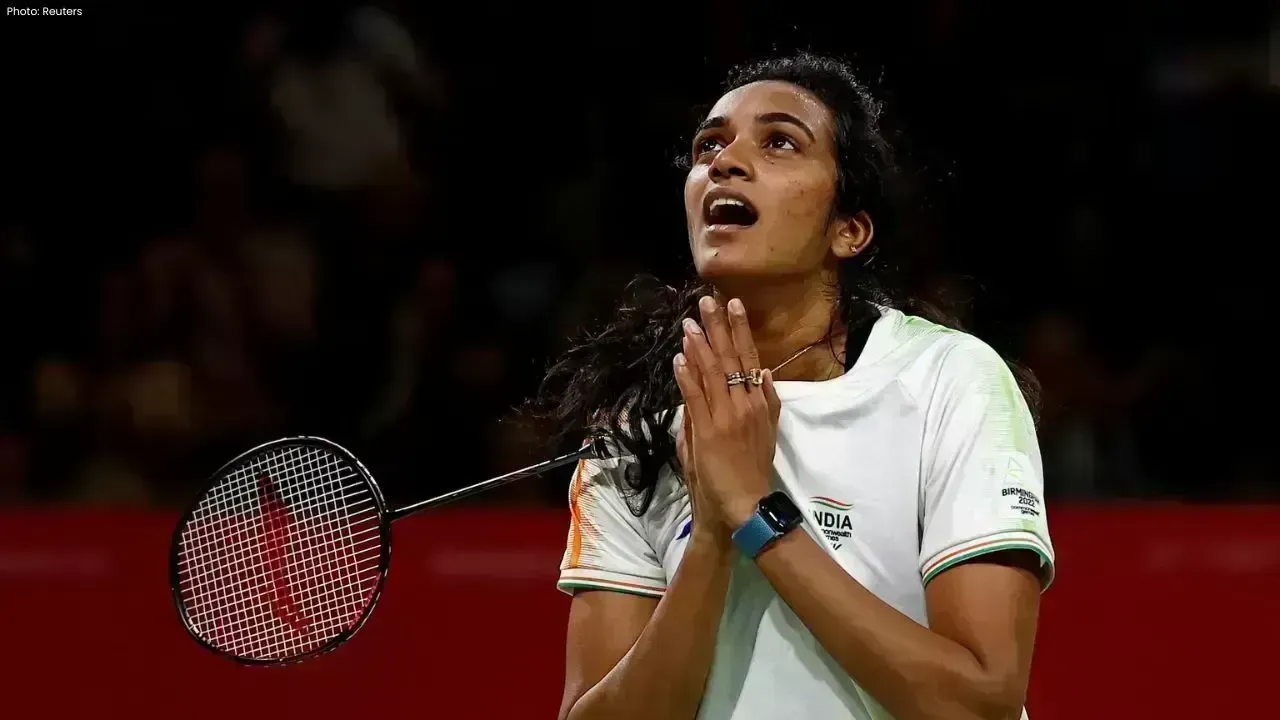
PV Sindhu’s Malaysia Open Run Ends with Semifinal Loss to Wang Zhiyi
PV Sindhu’s comeback at Malaysia Open ends in semifinals as China’s Wang Zhiyi wins 21-16, 21-15. Si